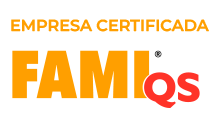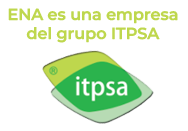Plant extracts and detoxification
ENADETOX®: prevention of TOXICITY FROM COPPER SALTS
NON-FUNGAL TOXINS
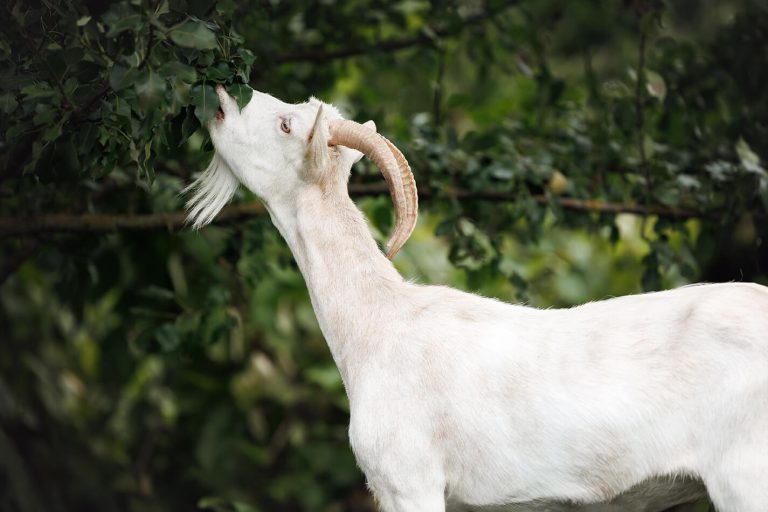
By the technical team of
European Natural Additives, S. L.
When weconsider a toxin control strategy in intensive animal production, we often make the mistake of focusing all our attention on the control of the fungi present in the raw materials and the toxins produced by them.
Mycotoxins are not the only toxins that may be present in food or drinking water.
 The study conducted by Dr J.C. Caseley for FAO (FAO, 1996), indicated that “a portion of the herbicides applied to the crop, or to the soil in which it is growing, may be present in the harvested part of the crop, which may be consumed directly or through animal products.”
The study conducted by Dr J.C. Caseley for FAO (FAO, 1996), indicated that “a portion of the herbicides applied to the crop, or to the soil in which it is growing, may be present in the harvested part of the crop, which may be consumed directly or through animal products.” Similarly, a study by the Netherlands National Institute of Public Health and Environmental Protection (RIVM, 1992) indicated that all aquifers in European countries are at risk from the accumulation of organochlorines and organophosphates used as pesticides.
Similarly, a study by the Netherlands National Institute of Public Health and Environmental Protection (RIVM, 1992) indicated that all aquifers in European countries are at risk from the accumulation of organochlorines and organophosphates used as pesticides.

WHAT OTHER TOXINS CAN BE FOUND IN THE WATER OR IN THE FEED OF OUR ANIMALS?
 Plant toxins, such as gossypol from cottonseed.
Plant toxins, such as gossypol from cottonseed. Insecticide residues from crops
Insecticide residues from crops Herbicide residues
Herbicide residues Traces of antibiotics in DDGS, especially virginamycin.
Traces of antibiotics in DDGS, especially virginamycin. High levels of nitrates and nitrites in drinking water due to seepage of slurry into groundwater in areas of high production density.
High levels of nitrates and nitrites in drinking water due to seepage of slurry into groundwater in areas of high production density. Heavy metals in water or crops
Heavy metals in water or crops
DO TOXIN-BINDERS WORK AGAINST THIS TYPE OF RISK?
HOW CAN WE PROTECT ANIMALS FROM ITS EFFECTS?
Almost all toxic chemicals that enter the body are fat-soluble, meaning that they dissolve only in fat or oily solutions, and not in water.
 This makes them difficult for the body to excrete.
This makes them difficult for the body to excrete.
Fat-soluble chemicals have a high affinity for fatty tissues and cell membranes, making them very easily absorbed.
Liver
main responsible for the metabolism of toxins
The liver is responsible for the metabolism of toxins which, from the intestine, are absorbed and pass into the blood.
Within the liver cells there are sophisticated mechanisms that have evolved over millions of years to break down toxic substances.
All drugs, artificial chemicals, pesticides and hormones are processed (metabolized) by enzymatic pathways within the liver cells.
How does liver detoxification work?
PHASE I: DETOXIFICATION
It consists of a series of oxidation, reduction and hydrolysis reactions.
The first phase of detoxification is catalyzed by enzymes known as the cytochrome P450 group of enzymes or Mixed Function Oxidase (MFO) enzymes.

 These enzymes reside in the membrane system of liver cells.
These enzymes reside in the membrane system of liver cells. Cytochrome P-450 enzyme synthesis can be induced by specific substances such as some flavonoids, providing a protective mechanism against a wide variety of toxic chemicals.
Cytochrome P-450 enzyme synthesis can be induced by specific substances such as some flavonoids, providing a protective mechanism against a wide variety of toxic chemicals.
This pathway converts a toxic chemical into a less harmful substance, and during this process free radicals are produced which, in excess, could damage liver cells.
The way to avoid this side effect is the use of antioxidants (such as vitamin C and E and the aforementioned natural flavonoids).
PHASE II: CONJUGATION PATHWAY
Liver cells add another substance to a toxic chemical to make it less harmful. This makes the toxin or drug water-soluble, so it can then be excreted from the body through aqueous fluids, such as bile or urine.
HEPATIC DETOXIFICATION MODIFIERS
 Some bitter plant extracts are capable of stimulating the liver’s detoxifying capacity. For this, it is essential that they are rich in certain flavonoids.
Some bitter plant extracts are capable of stimulating the liver’s detoxifying capacity. For this, it is essential that they are rich in certain flavonoids.
These flavonoids increase the oxidation-reduction reactions mediated by nicotinamide adenine dinucleotide (NAD+ and NADH); (Maros T. et al., 1966; Mortier F. et al., 1976) which inactivate the toxins.
They also activate, via the NRF2 Genetic Regulator, the conjugation phase through the two main enzymes involved UGT and GST (Ho H.K. et al, 2005; Paonessa JD. et al. 2011).
 In parallel, bitter plant extracts generate a series of parasympathetic physiological responses by stimulating bitter receptors on the tongue.
In parallel, bitter plant extracts generate a series of parasympathetic physiological responses by stimulating bitter receptors on the tongue.
Stimulation of the circulation of digestive juices from the exocrine glands of the mouth, stomach, pancreas, duodenum and liver aids in the digestion, absorption and assimilation of food and nutrients.
There is also a very mild stimulation of endocrine activities, especially insulin and glucagon secretion by the islets of Langerhans in the pancreas (Harking, C., 2008).
Certain artichoke extracts increase the liver’s ability to fight those toxins whose absorption is not blocked by toxin-binders.

Reduction of copper salt toxemia and gestation toxemia in goats.
Dairy goats are prone to gestational toxemias.
In the last third of gestation, the high demand for nutrients by the fetuses, combined with the negative energy balance, produces ketosis (V. Jimeno, P. Ga Rebollar, T. Castro, 2003).
Once this pathology begins, the damage is irreversible and there is no treatment possible, resulting in herd losses (Rubén Claro, 2004).
Another common type of toxemia in goats, in areas where olive by-products are used as a feed supplement, is copper toxemia.

The ingestion of olive twig treated with fungicides based on copper sulfate causes copper intoxication in ruminants, which, if aggravated, also causes increased respiratory and cardiac rates, diarrhea, jaundice, dehydration and death.
FIELD TEST CARRIED OUT ON PREGNANT GOATS OF THE MALAGUEÑA BREED
 Dairy goat farm with 600 adult goats and 115 primiparous goats.
Dairy goat farm with 600 adult goats and 115 primiparous goats. Administration of olive twig in the ration, treated with copper sulfates.
Administration of olive twig in the ration, treated with copper sulfates. High incidence of mortality linked to copper toxemias. Affected animals show clear symptoms: they bend their necks, remain lying down and are unable to get up.
High incidence of mortality linked to copper toxemias. Affected animals show clear symptoms: they bend their necks, remain lying down and are unable to get up.  An additive based on a specific artichoke extract(*) is administered at 2kg/Tm in the daily ration of the animals.
An additive based on a specific artichoke extract(*) is administered at 2kg/Tm in the daily ration of the animals. Duration of treatment: 2 months around delivery
Duration of treatment: 2 months around delivery No. of animals treated: 106 adult goats and 115 primiparous goats
No. of animals treated: 106 adult goats and 115 primiparous goats
||||||||| MORTALITY LINKED TO GESTATIONAL AND COPPER TOXEMIAS
- Pre-treatment mortality: 8-15%.
- No goats have shown clinical signs of toxemia since the administration of the additive(*).
- Post-treatment mortality (due to causes other than toxemia): 3.6%.
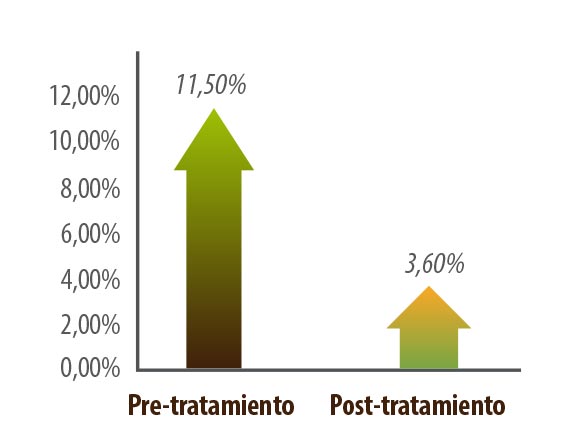
||||||||| ANIMAL HEALTH STATUS
Animals treated with the additive(*) show a better general appearance during and after treatment.
- Fur
- Body condition Flank filling
||||||||| % MILK FAT

The inclusion of the additive based on a specific artichoke extract(*) in the daily ration of pregnant goats has achieved:
 Decrease in mortality related to gestational and copper toxemias.
Decrease in mortality related to gestational and copper toxemias. Improved animal health: better body condition, flank padding, animal coat, etc.
Improved animal health: better body condition, flank padding, animal coat, etc. Improvement of dairy production parameters: 3% increase in fat fraction and 40% decrease in somatic cells.
Improvement of dairy production parameters: 3% increase in fat fraction and 40% decrease in somatic cells. Decrease in the incidence of clinical and subclinical mammitis
Decrease in the incidence of clinical and subclinical mammitis
RECOMMENDATIONS:
 Prevention of toxic challenges from myco-toxins, heavy metals, herbicides and microorganisms.
Prevention of toxic challenges from myco-toxins, heavy metals, herbicides and microorganisms. Stimulation of bile production and release in the intestine.
Stimulation of bile production and release in the intestine. Optimization of digestion and absorption of nutrients.
Optimization of digestion and absorption of nutrients. Improved fat emulsification and absorption of fat-soluble vitamins.
Improved fat emulsification and absorption of fat-soluble vitamins. Increased Calcium bioavailability. Hepatoprotection and regeneration of damaged liver tissue.
Increased Calcium bioavailability. Hepatoprotection and regeneration of damaged liver tissue. Prevention of fatty liver disease.
Prevention of fatty liver disease.
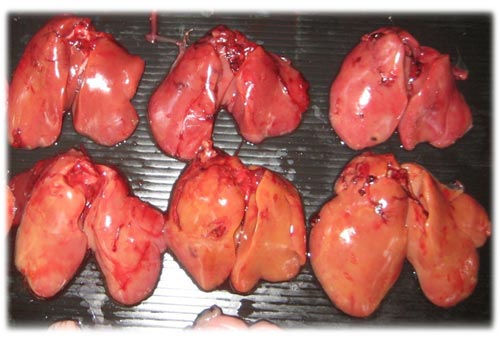
DOSAGE:
 Premix:
Premix:
- Feed: 0.5-2 kg/ton of feed.
- Unifeed car: 5-20 grams/animal/day.
 Liquid (drinking water): 1 liter/3,000 liters of drinking water.
Liquid (drinking water): 1 liter/3,000 liters of drinking water.
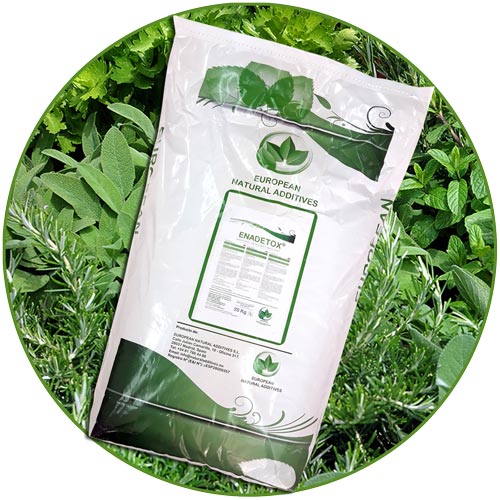

 The study conducted by Dr J.C. Caseley for FAO (FAO, 1996), indicated that “a portion of the herbicides applied to the crop, or to the soil in which it is growing, may be present in the harvested part of the crop, which may be consumed directly or through animal products.”
The study conducted by Dr J.C. Caseley for FAO (FAO, 1996), indicated that “a portion of the herbicides applied to the crop, or to the soil in which it is growing, may be present in the harvested part of the crop, which may be consumed directly or through animal products.” This makes them difficult for the body to excrete.
This makes them difficult for the body to excrete. These enzymes reside in the membrane system of liver cells.
These enzymes reside in the membrane system of liver cells. Some bitter plant extracts are capable of stimulating the liver’s detoxifying capacity. For this, it is essential that they are rich in certain flavonoids.
Some bitter plant extracts are capable of stimulating the liver’s detoxifying capacity. For this, it is essential that they are rich in certain flavonoids.  Prevention of toxic challenges from myco-toxins, heavy metals, herbicides and microorganisms.
Prevention of toxic challenges from myco-toxins, heavy metals, herbicides and microorganisms.
